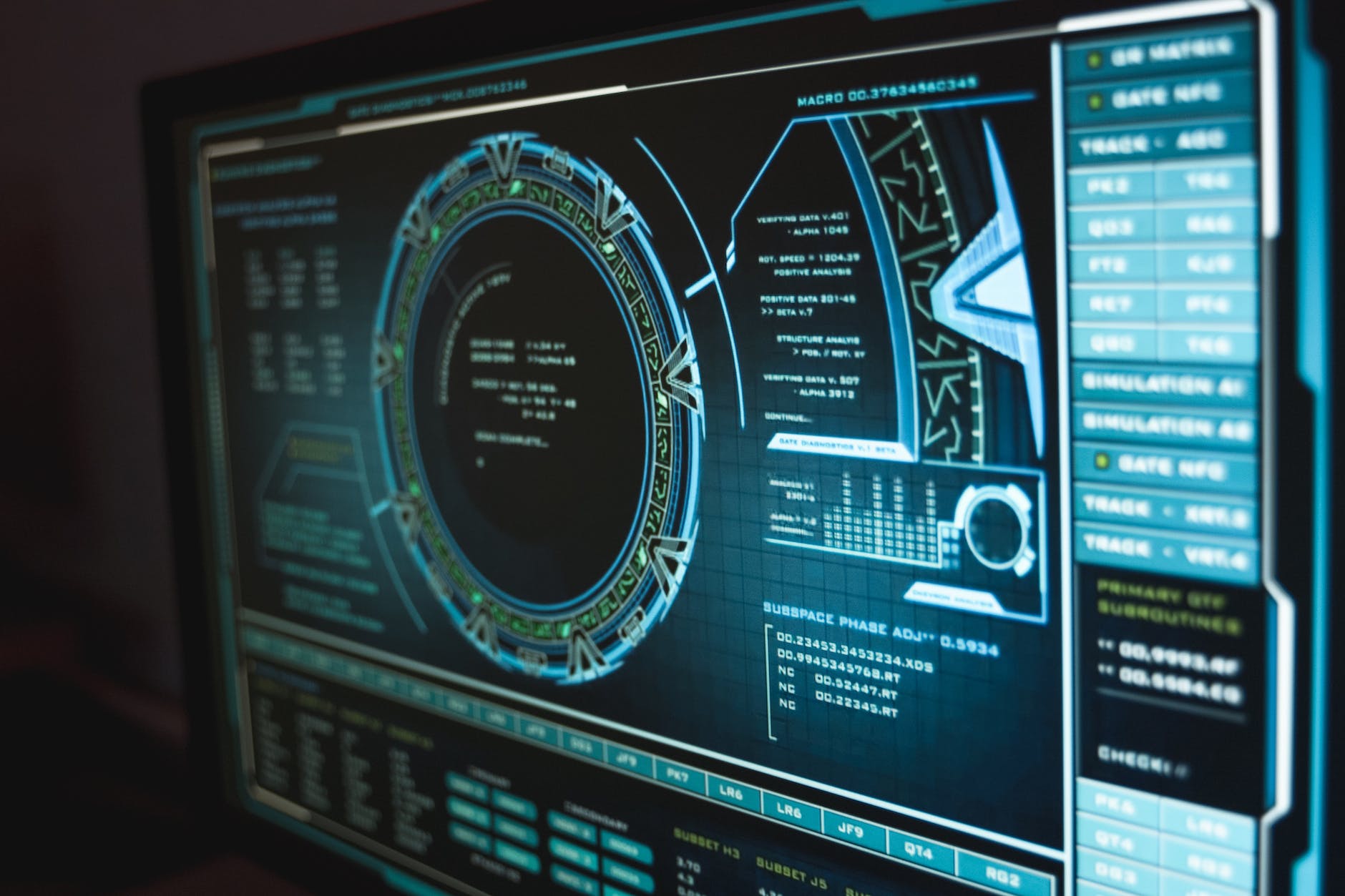
The National Institute of Standards and Technology (NIST) reached a significant milestone on August 8, 2023, with the release of the draft for NIST Cybersecurity Framework (CSF) 2.0. This step marks a positive advancement since its inception in 2014. The CSF is a cornerstone in reducing cybersecurity risks, offering comprehensive guidance to organizations in comprehending, evaluating, prioritizing, and communicating these risks, along with actionable measures to mitigate them.
CSF 2.0 extends its influence, delivering invaluable cybersecurity insights to organizations of diverse sizes and industries. A pivotal change is evident in the revised title, which omits the term “Critical Infrastructure” (previously named “Framework for Improving Critical Infrastructure Cybersecurity”), highlighting its broader applicability.
At the core of CSF 2.0 lies an intensified emphasis on the indispensable role of governance in the realm of cybersecurity. Acknowledging its foundational significance, strong governance emerges as the bedrock of an effective cybersecurity program. By positioning governance as the cornerstone, the framework guides organizations in steering the other five functions—identify, protect, detect, respond, and recover—aligned with their mission and stakeholder expectations.
A compelling highlight of the draft pertains to the criticality of supply chain risk management. It underscores the imperative need for holistic risk management programs that address the vulnerabilities associated with suppliers. Additionally, a clarion call for proactive third-party risk monitoring resonates throughout the document, underscoring the importance of a vigilant stance.
In an era characterized by dynamic cyber threats, the adoption of advanced frameworks becomes an inescapable imperative. The integration of NIST CSF 2.0 into our strategic cybersecurity approach is paramount. Furthermore, forging alliances with industry leaders amplifies our collective efforts in fortifying our digital defenses against the ceaselessly evolving landscape of digital threats.
In conclusion, NIST Cybersecurity Framework 2.0 signifies a monumental stride towards bolstering our digital resilience. By embracing its principles and fostering collaborative partnerships, we equip ourselves to navigate the complex challenges posed by the digital age.
Read more here: https://www.nist.gov/news-events/news/2023/08/nist-drafts-major-update-its-widely-used-cybersecurity-framework
